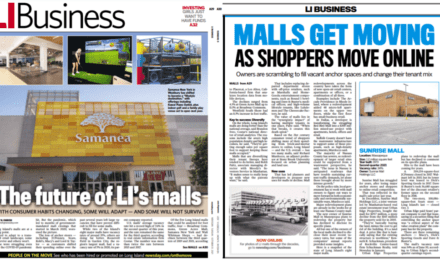Once, the sounds of industry echoed across Long Island. Once, the product of thousands of hours of labor thundered overhead.
But now, these companies and their quality jobs are gone, and we’re worse off for it.
Across the region, areas that once created jet engines, HUDs and navigation equipment now either sit idle, their lots cracked and full of weeds, or are converted to yet another Home Depot. The plants that created the F-14 Tomcat, the true star of the ’80s classic “Top Gun,” sit idle thanks to the Town of Riverhead’s lack of vision (despite what flavor of the day idea they’re pushing these days).
The Cold War ended and planners saw it coming. As soon as the Berlin Wall came down, warnings began to be issued that Long Island’s one-sector economy was dangerous. Skilled and highly educated workers became dormant and either fled the area or changed their trade.
Once the defense industry left town, it became clear who the real losers were: the families of the laid off aerospace workers and today’s Long Islanders. Sites left behind were riddled with contamination or saddled with land usage and development proposals that didn’t exactly embody creativity. Now, residents are stuck with large tracts of underutilized plants, or worse, strips of more half-vacant commercial space. With few exceptions, Long Island’s aerospace sites are now just a microcosm of our regional woes: small-minded leaders thinking about immediate solutions.
Our aerospace industry may be just a shadow of its former glory, but as a whole, we must push more investment and fiscal resources into products that are “made on Long Island.” From wineries to turbines, Long Island’s residents need the proper avenues to put their skills to work. Its up to our schools to churn out the necessary talent to meet the demand. Engineering firms, technology incubators and the like must be supported, and we must move away from our regional reliance on the service sector, as well as our regional addiction to office and retail.
We, as a population, cannot get out of our own way. Long Island’s costs are too high thanks to the fragmented fiefdoms, redundant municipal services and toxic tax structures that erode resident perceptions of civic and government processes. Before we can invest in ourselves as a region, we must get our governmental and fiscal house in order.
Once, “Made on Long Island” meant something. Let’s bring back our suburban glory and show the world what Long Islanders can do.













